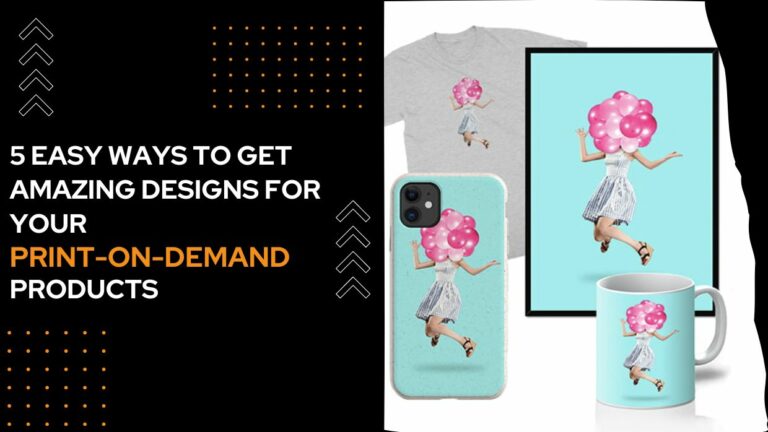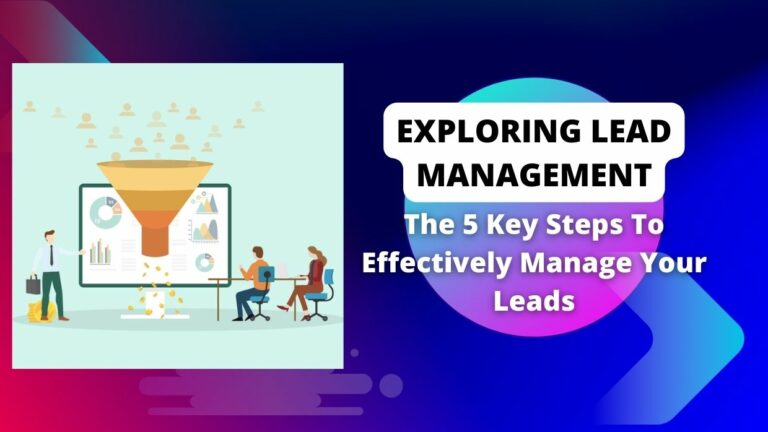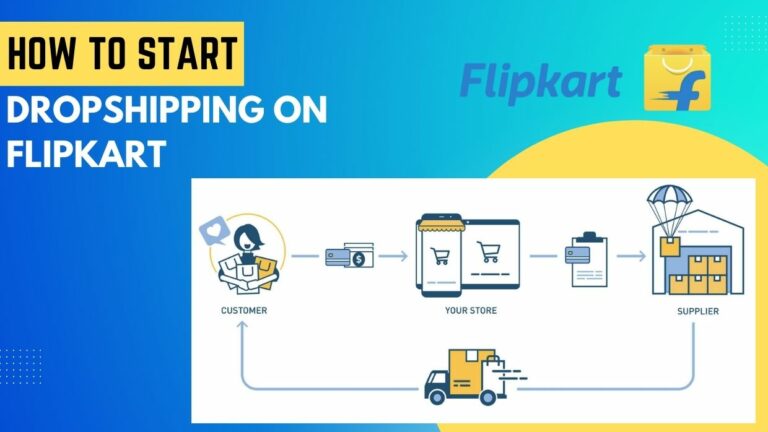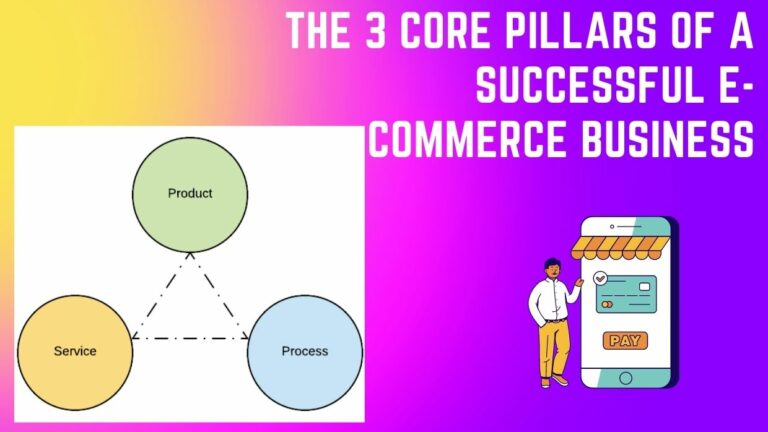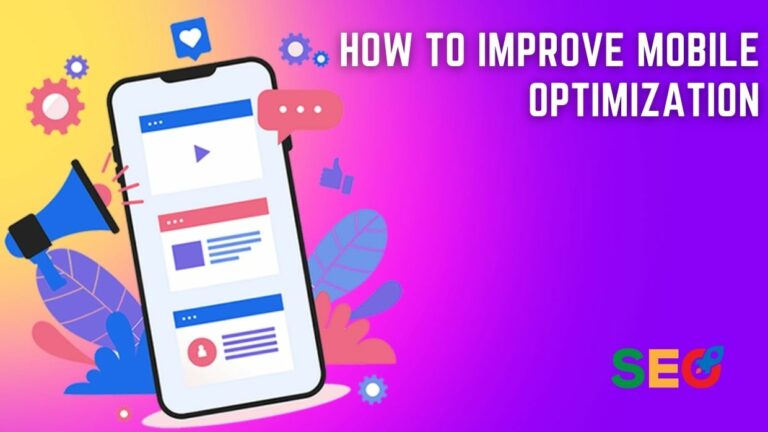How to Measure Social Media Engagement Rate
Are you struggling to measure the success of your social media strategy? Do you find it difficult to determine the engagement rate on your posts? If so, don’t worry – you’re not alone! Measuring social media engagement can be tricky, but it’s essential for understanding how well your content is resonating with your audience. In this blog post, we’ll break down everything you need to know about “How to Measure Social Media Engagement Rate” and provide actionable tips for improving it. So let’s dive in and unlock the power of social media metrics!
What is Social Media Engagement Rate
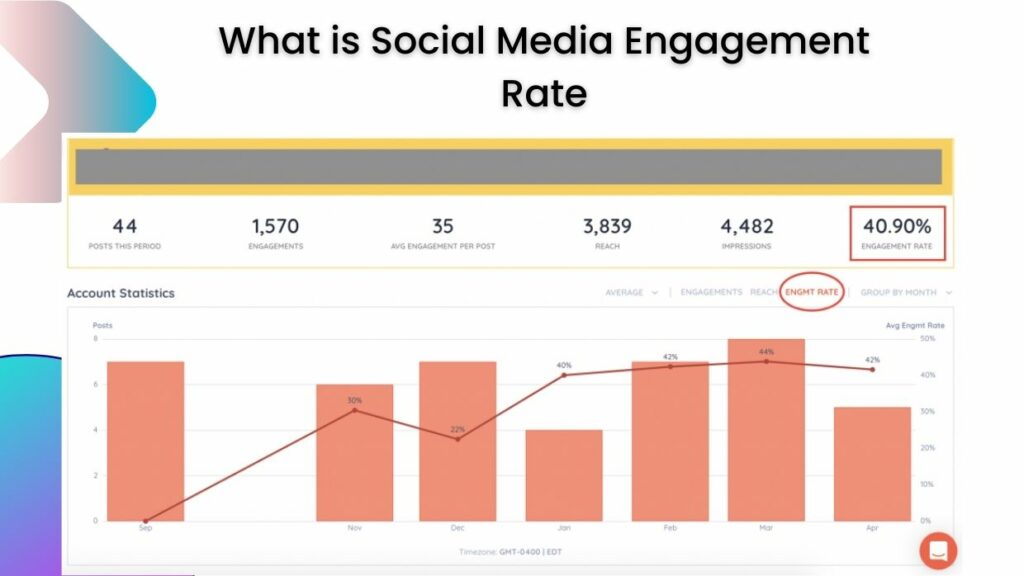
As the use of social media has become more widespread, so has the need to measure social media engagement rate. Engagement rate is a metric that can be used to gauge the level of interaction between a user and a piece of content on a social media platform. It is calculated by taking the number of likes, shares, or comments on a piece of content and dividing it by the total number of views.
There are a number of different ways that engagement rates can be used to measure the success of social media content. For example, it can be used to compare the level of engagement for different pieces of content, or to track changes in engagement over time. It can also be used to benchmark against other brands or businesses in your industry.
No matter how you choose to use it, engagement rate is an important metric for understanding how your audience interacts with your social media content.
Read more… How to Improve Mobile Optimization
What is a Good Engagement Rate?
When it comes to social media engagement rate, there is no one-size-fits-all answer. However, a good starting point is to benchmark your engagement rate against that of your industry peers. To do this, you can use a tool like Hootsuite Insights.
Once you have a benchmark, you can start to experiment with different content and strategies to see what works best for your brand. For example, if you find that images tend to perform well on Instagram, try using more images in your posts. If you notice that Twitter users are more likely to engage with short, snappy tweets, focus on writing tweets that pack a punch.
The key is to keep track of your engagement rate over time and continually strive to improve it. By doing so, you’ll ensure that your social media efforts are driving real business results.
The Different Types of Engagement Rates
When it comes to social media engagement rate, there are a few different types that you should be aware of. Here is a breakdown of the different types of engagement rates, and what they mean for your business:
Reach: This measures the number of people who see your content.
Impressions: This measures the number of times your content is seen.
Engagement: This measures the number of people who interact with your content. This could include likes, comments, shares, etc.
Virality: This measures the number of people who see your content and then share it themselves.
Click-Through Rate (CTR): This measures the number of people who click on a link in your content.
How to Calculate Engagement Rates
It’s no secret that social media engagement rates are important for businesses. After all, engagement is the key to successful social media marketing. But what exactly is an engagement rate? And how do you calculate it?
An engagement rate is a metric that measures the number of people who interact with your content on social media. This can include things like likes, comments, shares, and clicks. To calculate your engagement rate, simply take the number of interactions and divide it by the number of impressions (the number of times your content was seen).
For example, let’s say you have a post that received 100 likes, 20 comments, and 10 shares. The total number of interactions would be 130. If that same post had 1,000 impressions, then your engagement rate would be 13%.
While engagement rates vary depending on the platform and industry, generally speaking, a good rule of thumb is to aim for an engagement rate of at least 1%. This means that for every 100 people who see your content, at least one person is interacting with it.
Of course, there are always exceptions to the rule. For example, if you’re in a highly competitive industry or if you have a large following on social media, you may need to aim for a higher engagement rate in order to stand out from the crowd.
No matter what your goals are, calculating your social media engagement rate is a good place to start. It’ll give you a better understanding of how your content is performing and what you can do to improve it.
Tips for Improving Your Social Media Engagement Rates
- Keep your social media posts short and sweet. People are more likely to engage with a post that is easy to read and digest.
- Use images, infographics, and videos in your posts. People are more likely to engage with posts that contain visual elements.
- Use calls to action in your posts. Asking your followers to like, share, or comment on your post will help increase engagement rates.
- Post regularly. Consistent posting will help you build a following and keep people engaged with your content.
- Experiment with different types of content and see what works best for your audience.
Real Examples of High Engagement Rates
It’s one thing to read about social media engagement rates, but it’s another thing entirely to see them in action. Here are some real-world examples of brands with high engagement rates on social media:
Nike
With over 100 million followers on Instagram, Nike is one of the most-followed brands on the platform. And it’s no surprise that they have high engagement rates to match. Nike regularly posts engaging content that resonates with its audience, whether it’s behind-the-scenes footage of its athletes or inspirational stories about overcoming adversity.
Starbucks
Starbucks is another brand that excels at social media engagement. They make use of platforms like Snapchat and Instagram Stories to give fans a behind-the-scenes look at what goes into making their coffee. They also run regular contests and giveaways that encourage their followers to interact with their posts.
National Geographic
National Geographic is a master of using stunning visuals to tell engaging stories on social media. They often post photos and videos from their award-winning photographers and journalists, which always get a lot of likes, comments, and shares.
Read more… How To Minimize Risk Factor in Lead Generation
Conclusion
In conclusion, measuring social media engagement rate can provide invaluable insights into your campaigns and help you improve them. With the right tools, it is possible to measure engagement rates across different networks and better understand how customers are engaging with your content. By taking this extra step, you can make sure that your efforts are paying off and that you are maximizing the impact of every post on social media.


